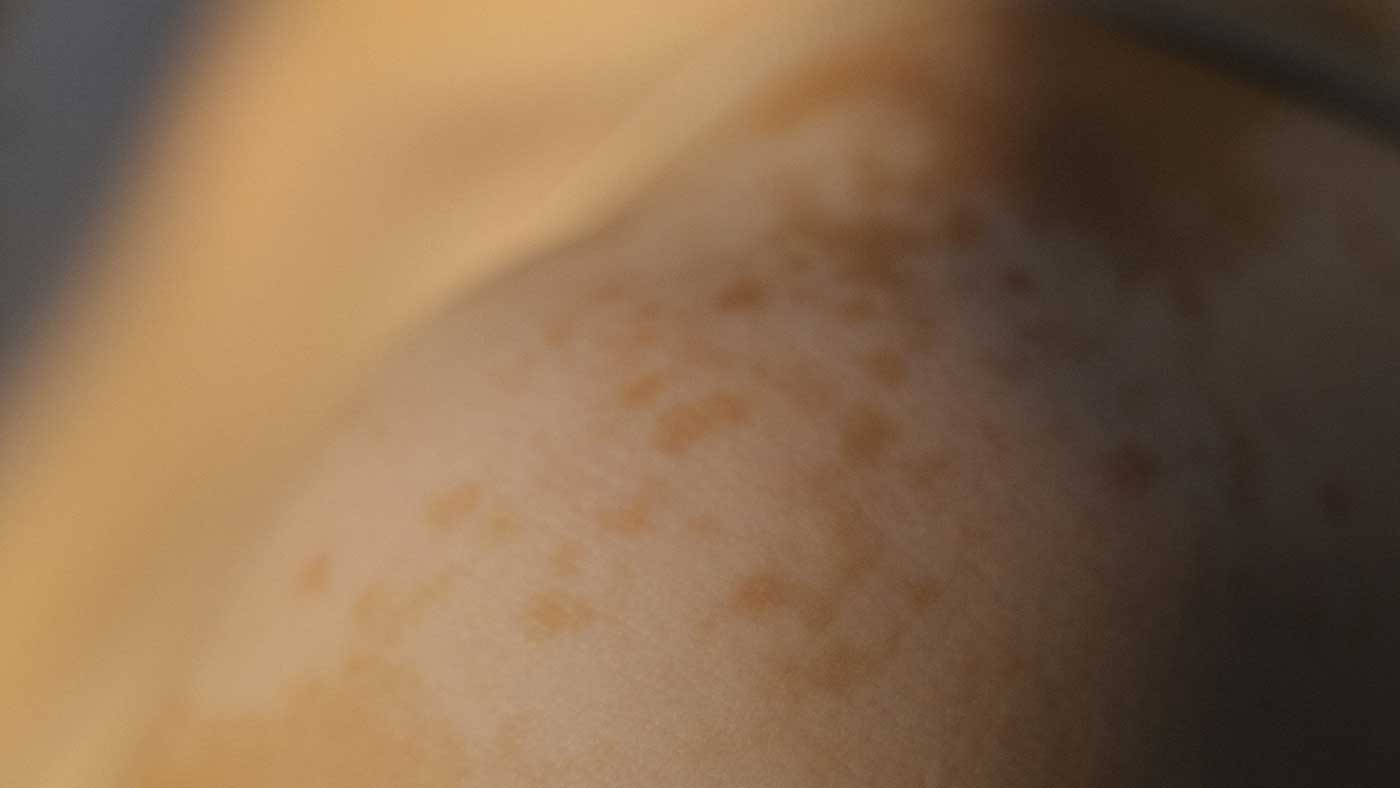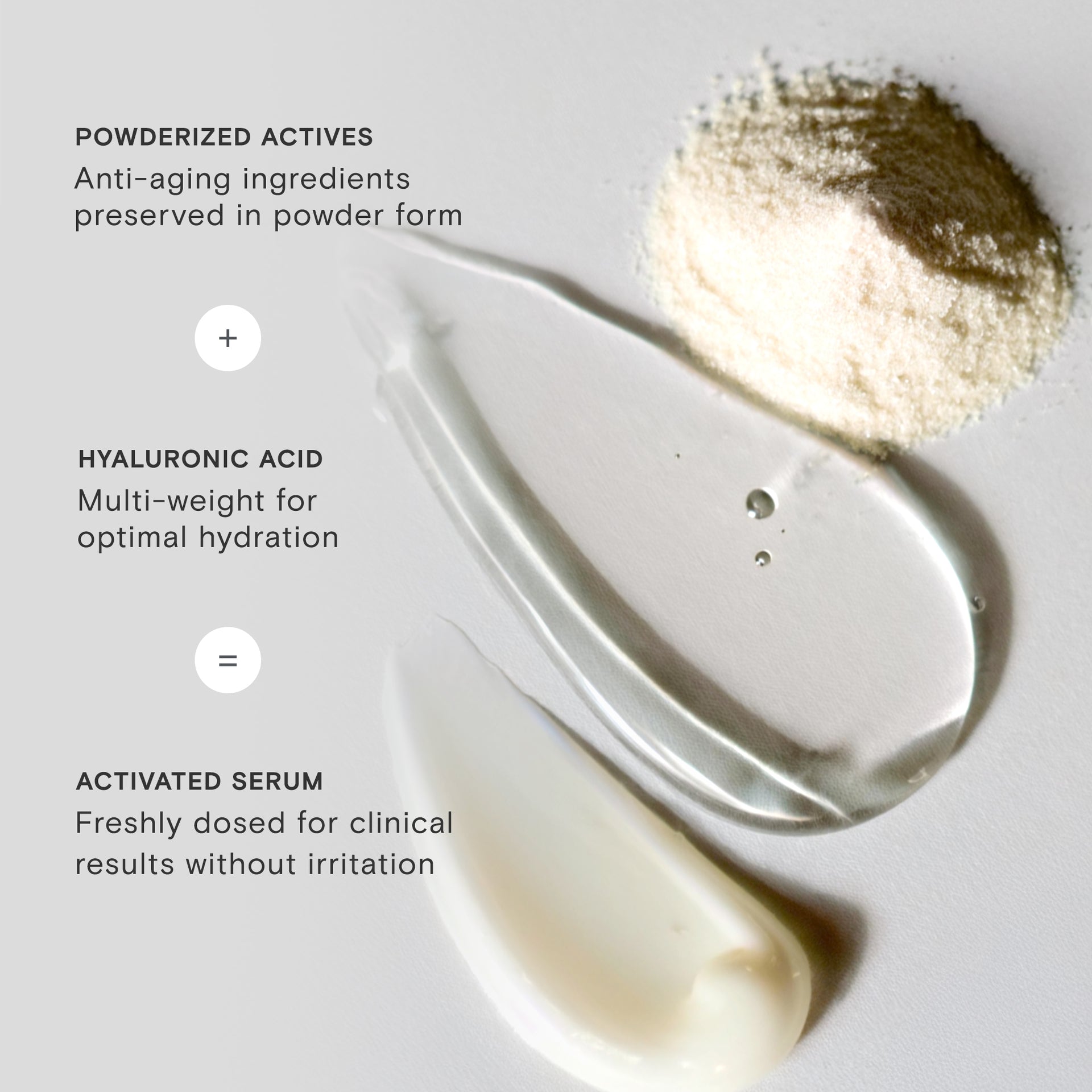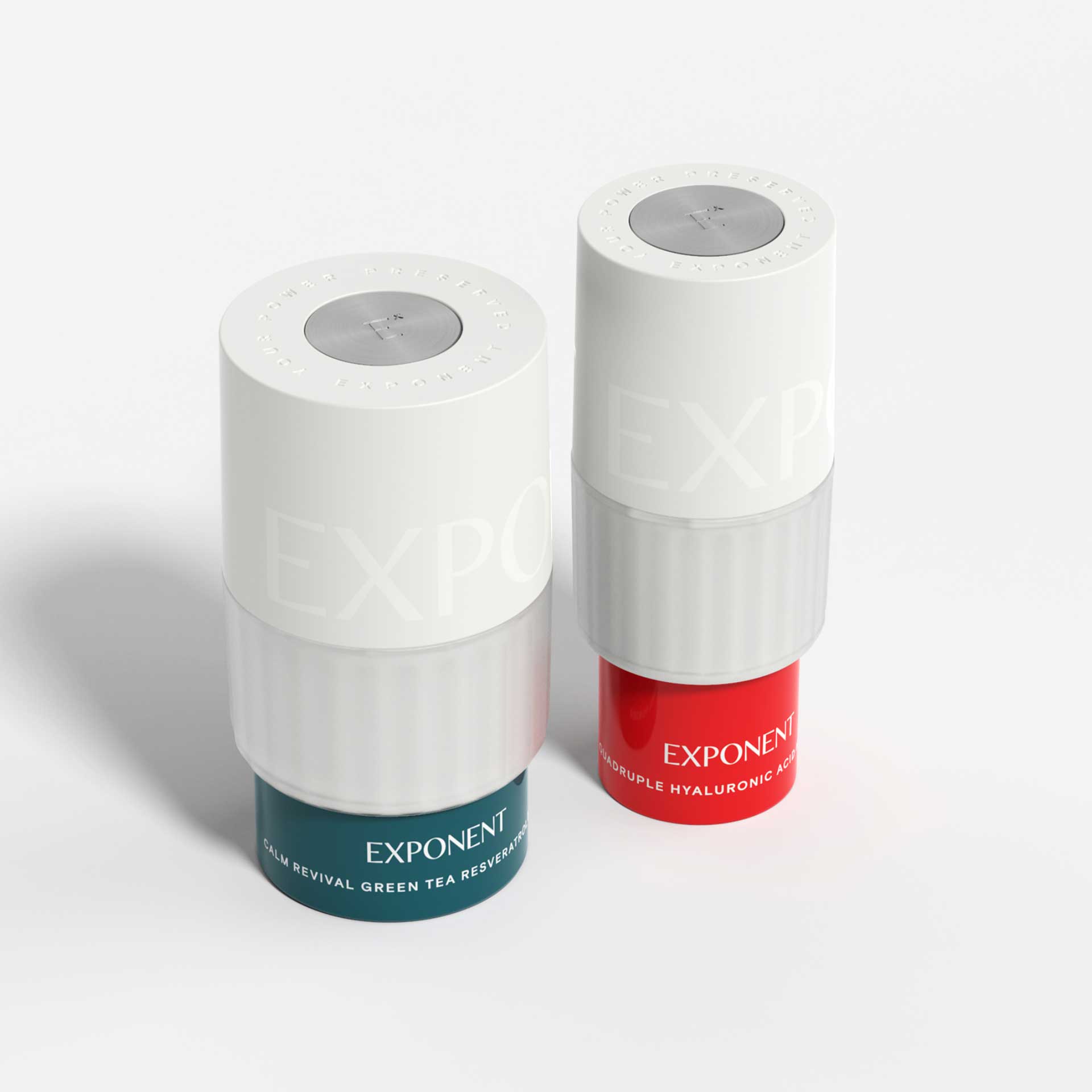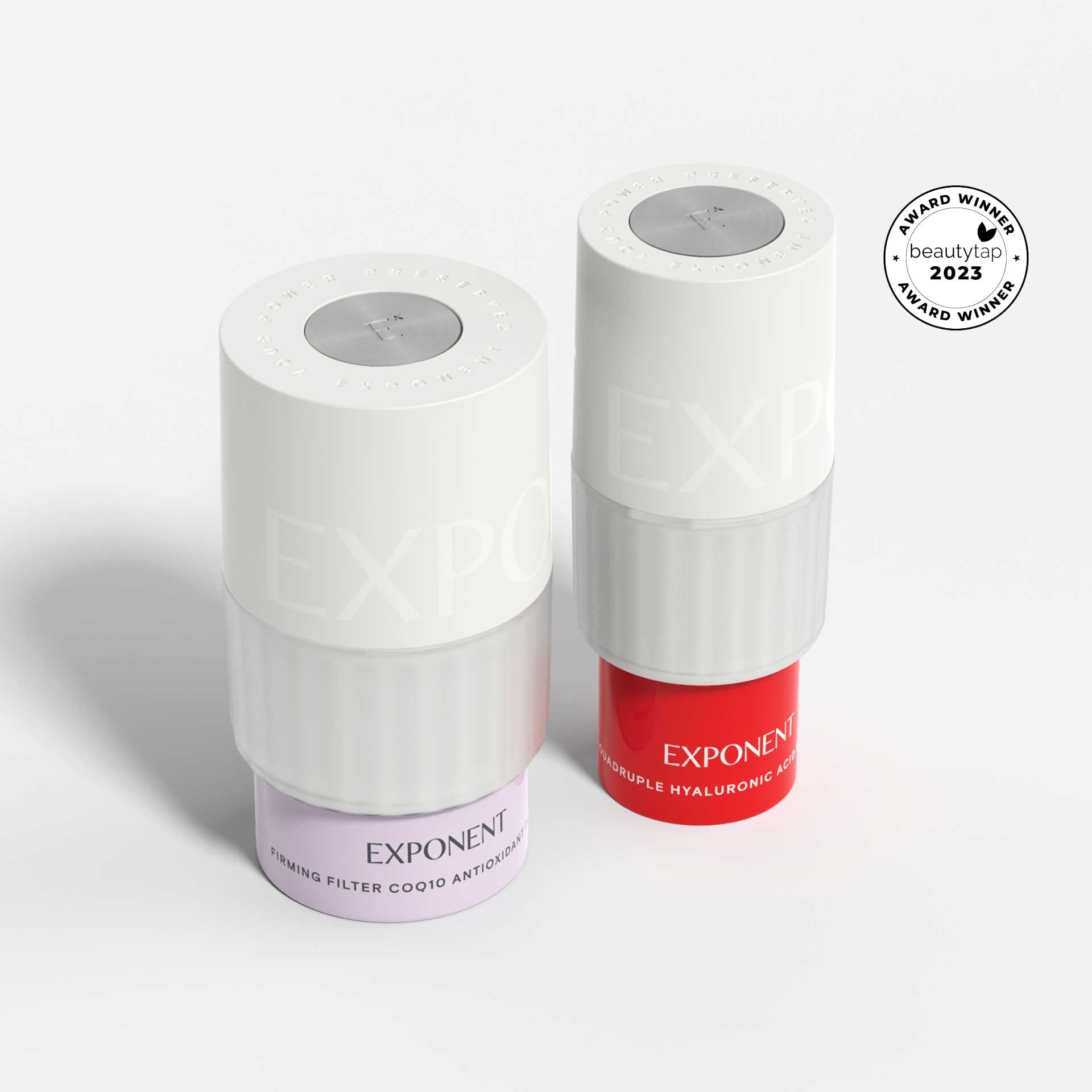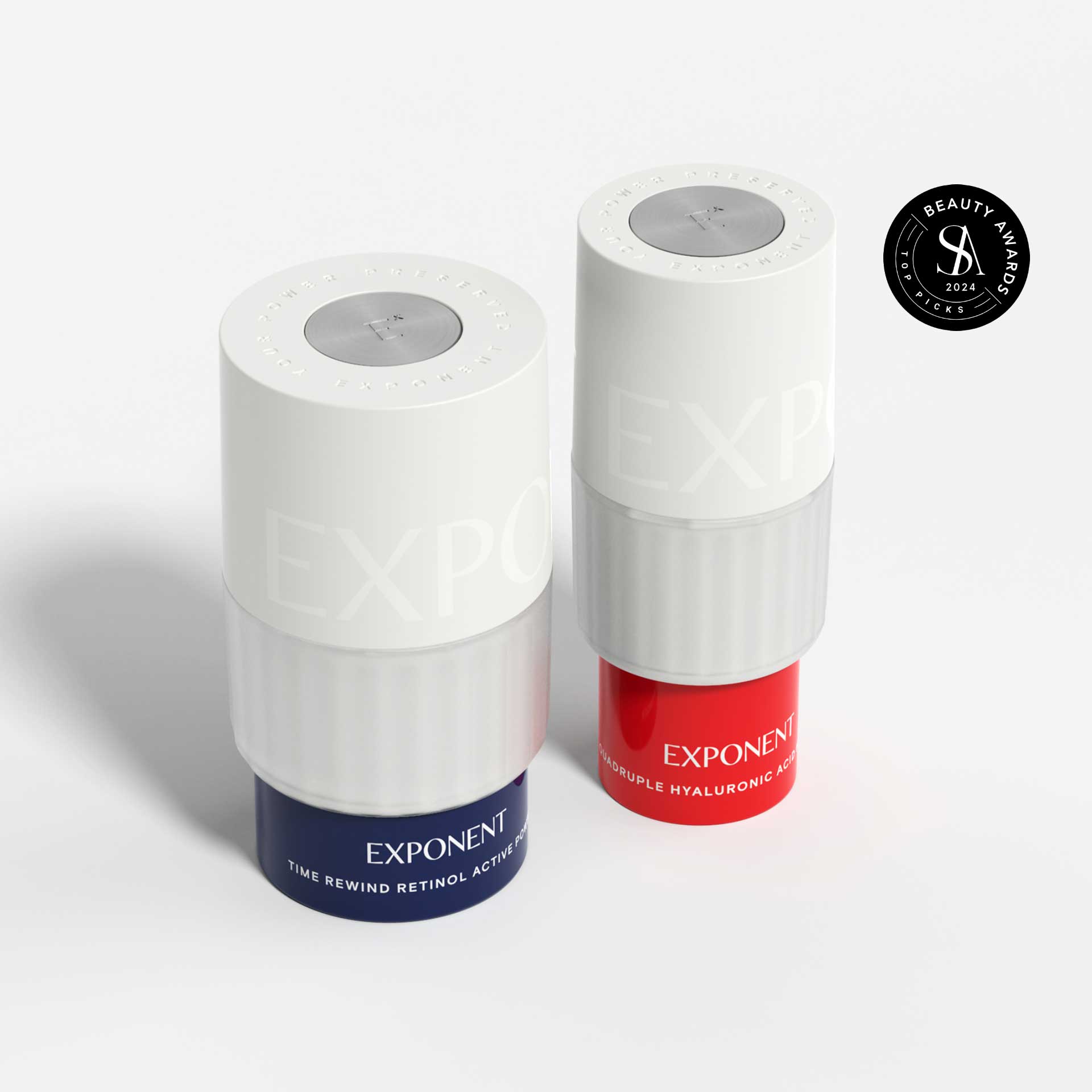The goal? Even, infallible skin. The reality? Dark patches all over your face from those many hours tanning with no SPF, or when you couldn’t stop picking at your pimples (welcome to the club), or anything else that caused injury to the skin. With so many factors that can cause skin discolorations, getting back your flawless complexion is indeed a challenging task. Understanding the basics, like what skin pigment is, how dark patches appear, and how to get rid of hyperpigmentation is the way to keep skin even and dodge the apparition of new dark spots. Welcome to your masterclass on all things discolorations.
What Causes Skin Discoloration?
Discoloration, which also refers to hyperpigmentation, dark patches, or dark spots, is characterized by skin color changes and happens mostly due to sun exposure, acne, bruises, or dermatitis. Even if the color of the spot may differ from person to person, depending on skin tone and depth, they pretty much have the same causes. Regardless of the cause, dark patches have one thing in common: they occur due to melanin overproduction.
What is Melanin?
Everybody has melanin in the body; it's the pigment that gives skin color and triggers as a natural defense against UV rays. That's where tanning comes from: skin trying to guard itself against sun damage. Melanocytes are responsible for melanin production. They are cells present in the skin's outer layer that make the skin darken pigment.[1]
Types of Skin Discoloration & Pigment Disorders
Many types of skin discolorations are found under the umbrella term hyperpigmentation, and the main difference between them is what they're triggered by. Here we'll break down the two most common types of cosmetic concerns that affect almost everybody at some point.
Post-inflammatory hyperpigmentation
After skin is injured, irritated, or impacted from acne scars, the dark spots that remain are called post-inflammatory hyperpigmentation. It happens as a result of cells reacting to damage by producing extra melanin. This can occur from the top skin layer to the deeper layers.
Melasma
Melasma is a type of hyperpigmentation commonly caused by hormonal changes, mainly induced by pregnancy. It can also appear after sun exposure, oral contraceptives, or as a result of cortisol hormone increase (aka stress). Regardless of the cause, melasma is characterized by dark patches on the face and appears as a result of melanocytes going into overdrive and producing too much melanin.[2]
The best skincare routine for hyperpigmentation
Now that you've acknowledged how discoloration appears, it's about time to find out the best skincare for hyperpigmentation.
Sunscreen
The number one cause of dark spots? Sun. So, do yourself a favor and use sunscreen with at least 30 SPF all year round. What kind of sunscreen you use is important too. There are two types of sunscreen: chemical, which works by turning UV light into heat, and physical, which deflects and scatters UV rays away from the skin. Neal Schultz, MD, a New York-based dermatologist, says: "chemical sunscreen works by absorbing bad light and turning it into heat. Well, the heat it turns it into can be interpreted by the skin as an injury and that can stimulate your pigment."[3] Meaning chemical sunscreens can trigger the pigment-producing cells, leading to dark spots. Hence, physical sunscreens based on natural minerals like zinc oxide and titanium dioxide do better at preventing dark spots induced by sun exposure.
Chemical peels
The skin has the ability to shed dead cells every 30 days, but chemical peels help speed up this process. Chemical peels do more than instantly soften skin and increase product absorption. They're also good at tackling hyperpigmentation. By exfoliating the outer skin layer, alpha-hydroxy acids remove spotted damaged cells, allowing new cells to replace them. We suggest a glycolic acid peel as it also increases the production of collagen and fibroblast proliferation.[4] The amino acids in collagen are great at evening skin tone and minimizing dark spots.
Vitamin C
Vitamin C is the savior that can improve skin tone on all fronts since it's a free radical scavenger, pigment inhibitor, and collagen booster. All of these perks make Vitamin C a staple in your anti-dark-spots routine. Have a peep at our Brightening Boost Vitamin C Superior Serum full of 10% L-ascorbic acid that vows to minimize dark spots, even tone and texture while leaving you with firmer skin.
Retinol
The anti-aging gold standard ingredient, retinol, is not only ideal for softening wrinkles, but it helps with dark patches too. Retinol's cell turnover improvement allows old cells that are harboring excess pigment to die, making room for new, brightener cells. On top of this, retinol has a role in inhibiting tyrosinase activity and melanin synthesis, revealing brightener, evener skin.[5] Our Time Rewind Retinol Serum has 0.25% retinol in every dose and was made to prevent irritation.
Find the Best Skincare Products to Treat Hyperpigmentation, Melasma & Melanin Deficiency at Exponent
Now that you know the why and how-to, there's one more thing: arm yourself with patience. Getting rid of dark spots does not happen overnight, especially since sometimes hyperpigmentation occurs under the epidermis. This means it can take up to a few months to more than a year to banish some of your dark patches. Use our Products Recommendation List to find the best anti-dark spots skincare, with clinically proven products that are active, not acting.
Footnotes
- Cichorek M, Wachulska M, Stasiewicz A, Tymińska A. Skin melanocytes: biology and development. Postepy Dermatol Alergol. February 2013. Source
- Paula Ludmann, MS. Melasma: Causes. American Academy of Dermatology Association. Source
- Lindsey Metrus. How to Even Your Skin Tone, According to Dermatologists. Byrdie. January 2022. Source
- Kim SJ, Park JH, Kim DH, Won YH, Maibach HI. Increased in vivo collagen synthesis and in vitro cell proliferative effect of glycolic acid. Dermatol Surg. October 1998. Source
- Ortonne JP. Retinoid therapy of pigmentary disorders. Dermatol Ther. Sep-Oct 2006. Source


